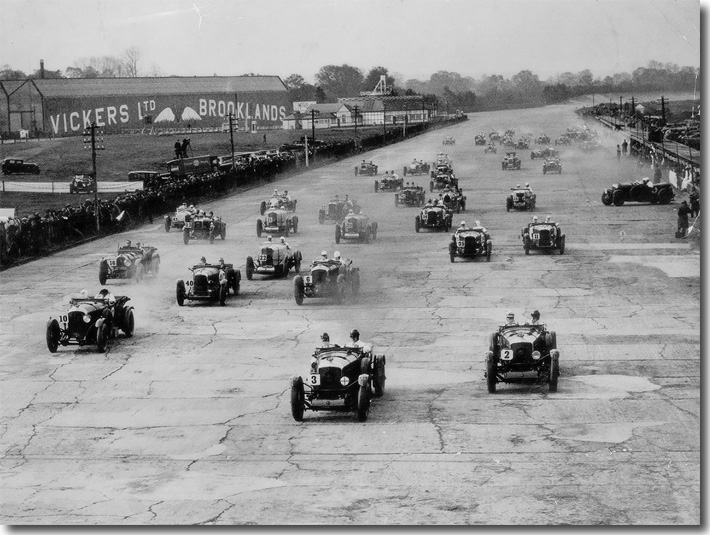Motor Racing History – Early Racecourse Development
Racing on public roads was illegal in England and British drivers had to resort to racing in Ireland or on the continent. The British motor industry suffered as a consequence. In response to this a group of wealthy enthusiasts led by Hugh F. Locke-King planned a race track to be built on his property in Surrey. Experienced race driver and car dealer, 29 year old Charles Jarrott suggested a very large high speed track. Selwyn Edge, whose London based Motor Power Company held the agency for Napier cars, was keen that the cars should be visible to the spectators for as much of the circuit as possible.
The conclusion was that the track would have to be banked, 100 feet wide and nearly 30 feet high in places. For nine months over seven hundred men worked almost around the clock for seven days a week, the only breaks being on Saturday and Sunday nights. The river Wey was diverted, small holders were re-housed, thirty acres of woodland were felled and 350,000 cubic yards of earth were moved. Seven miles of rail track was laid and 200,000 tons of gravel and cement were brought in and cast to become the race track.
No Subscription? You’re missing out
Get immediate ad-free access to all our premium content.
Get Started



